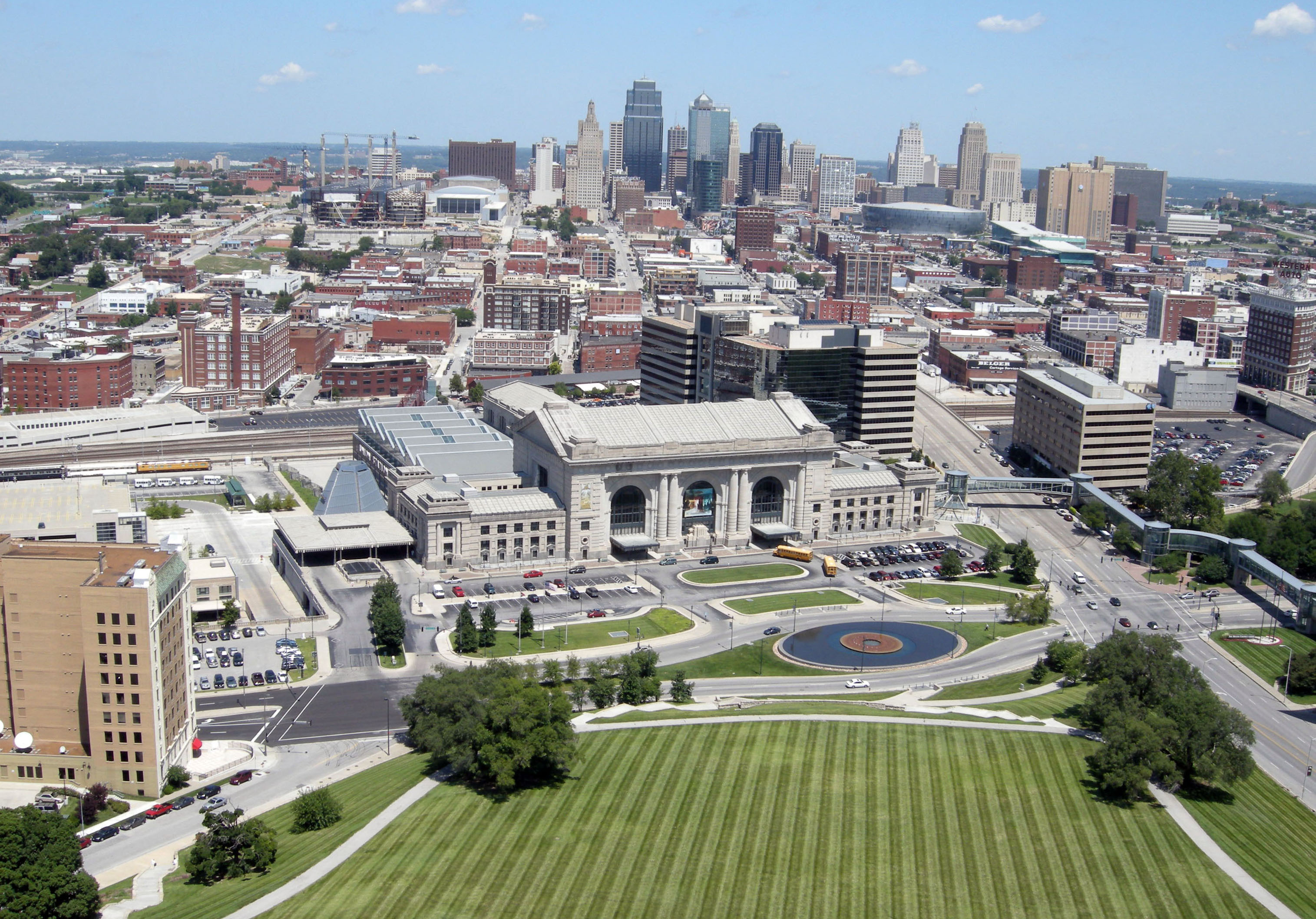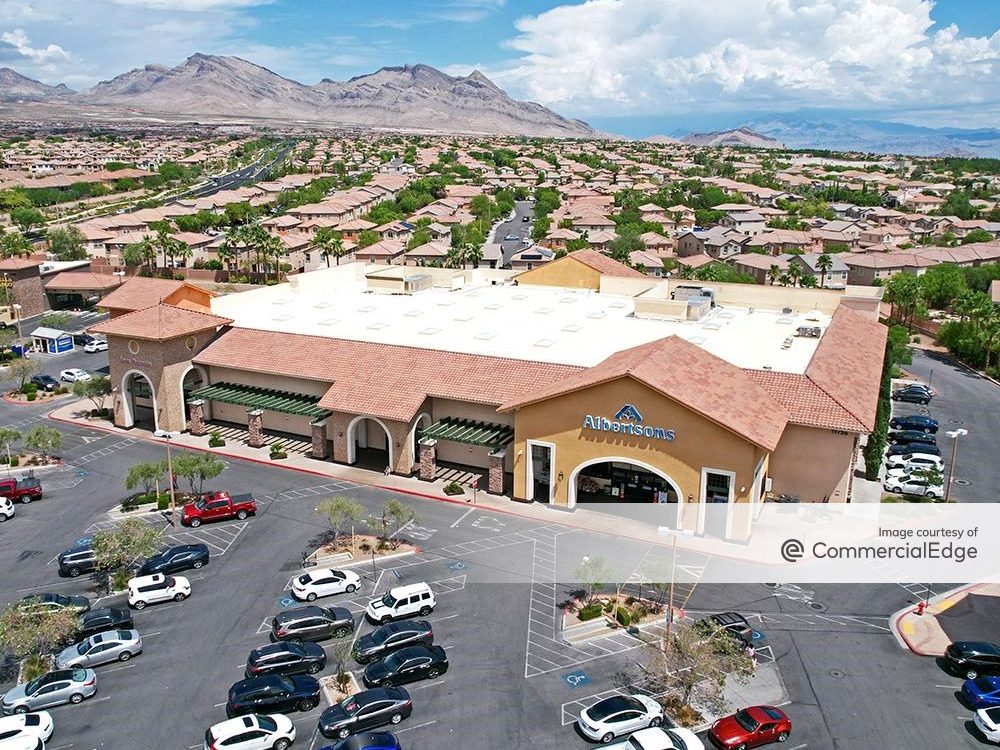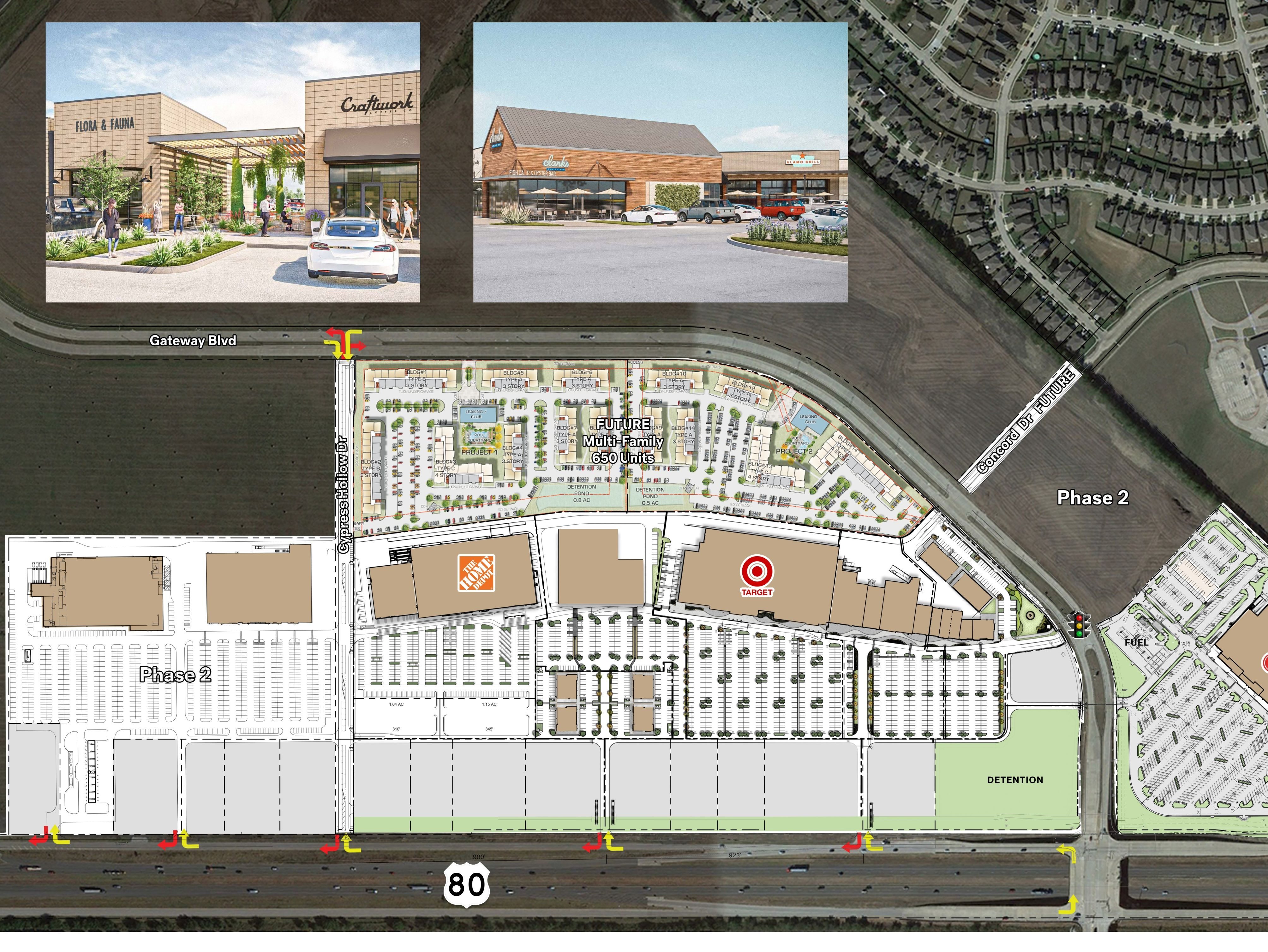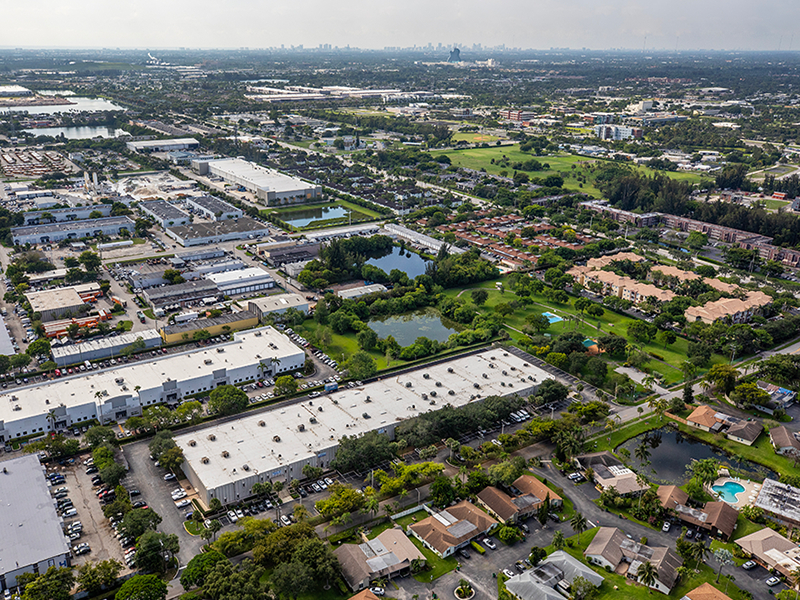How to Spot a Successful Downtown for Investment
As primary markets overheat, more risk-adverse small balance investors are seeking secondary and tertiary markets to place capital. But how can you discern which areas will prosper?
By Amanda Marsh
 As primary markets overheat and experience cap rate compression, more risk-adverse commercial real estate investors are seeking secondary and tertiary markets to place capital. In many of these cities, revitalizing downtowns are offering opportunities for local and small balance investors to buy quality buildings otherwise unaffordable in larger U.S. cities.
As primary markets overheat and experience cap rate compression, more risk-adverse commercial real estate investors are seeking secondary and tertiary markets to place capital. In many of these cities, revitalizing downtowns are offering opportunities for local and small balance investors to buy quality buildings otherwise unaffordable in larger U.S. cities.
But how can investors discern which revitalizing downtowns will prosper? Destination Development Association (DDA) surveyed 400 downtowns and downtown districts throughout the U.S., Canada and Western Europe to identify 20 common ingredients of success. Among them: a branding, development and marketing action plan; a strong brand and retail focus; a critical mass of like businesses; people who live in or stay downtown; pioneer investors with patient money; gathering places; activities and entertainment; and named downtown districts.
The most successful of these downtowns had at least a 97 percent or higher occupancy rate in the core district or area, with lease rates at market rate or higher compared to similar cities and towns in the state, province or region. Turnover was less than 5 percent per year.
The ones not successful have property owners that do not work together or have a common vision, absentee owners, regulations that stifle successful retail, and other dysfunctional qualities, DDA pointed out.
Investment focus
The shift in investment focus has been prominent in the Urban Land Institute’s annual Emerging Trends in Real Estate report. The 2018 report compiled the top 78 markets in the United States for investment and development prospects; out of the top 20, four were top secondary markets, four were adjacent to primary markets, 10 were secondary markets and only two—Los Angeles and Boston—were considered primary.
Kansas City, Mo.—which came in at No. 29 on ULI’s report, surpassing investment and development prospects of markets such as Brooklyn, the District of Columbia and even Manhattan—is one tertiary market that has transformed its downtown into a vibrant, 18-hour city. It now has $500 million in planned multifamily developments inside the downtown loop alone, reports Cushman & Wakefield Inc. Managing Principal Michael Mayer. There, many investment opportunities are in the $30 million and under range.
A Renaissance
The downtown renaissance kicked off in the early 2000s, when residential prices averaged $1.00 per square foot per month. Today, that number is nearly $1.50 per square foot, he said.
Mayer noted one of the city’s newest luxury residential projects, The Cordish Companies’ Two Light, will run about $2.20 to $2.30 per square foot for most units. Meanwhile, Cityscape Residential’s Crossroads Westside—viewed as the more affordable option for new downtown units—will begin at approximately $1.70 per square foot.
The overall renaissance has been a combination of several factors, he continued. One is the two-mile KC Streetcar running down Kansas City’s Main Street, which serves Union Station, the Crossroads Arts District, and Power and Light District, the central business district and the historic River Market. This has particularly spurred investment in the last neighborhood, where local restaurants and investors have seen its loft buildings as cool places to be, he said.
The interest in River Market is building upon the success of the Power and Light District, a nine-block neighborhood redeveloped by The Cordish Companies, as well as the Kauffman Center for the Performing Arts. Both projects stimulated the downtown revival, he explained.
“Hardly anyone was living in downtown 15 years ago, but now there are projected to be 35,000 people by 2025, which is significant for a tertiary market.”
The revival has attracted many investors downtown, he offered, noting that Kansas City’s cost of entry is still reasonable, and the risk is not as high as established markets.
“But success begets success, and the cost of entry is beginning to get higher,” he cautioned.
The current cycle has been driven almost exclusively by local investors and families, as well as out-of-market investors who are not comfortable with cap rates in major markets.
“I don’t think it’s an issue of actual price, even for the smaller investors,” he added. “People just aren’t comfortable with the low returns in other areas. In the past we’ve seen major, out-of-market, institutional investors kick the tires on Kansas City and maybe take a small position. Now we are seeing those people actively look to establish a presence in this market for the future.”
If Mayer could boil downtown Kansas City’s success to five factors, he would credit educational attainment, quality of life, arts and culture, access and vibrancy.
These factors are not only attracting commercial real estate investors, he noted, but Millennials and empty nesters looking for an active lifestyle; forward-thinking corporate tenants like WeWork and ZOLOZ seeking Millennial talent; and major tenants like AutoAlert and Sedgwick LLP, which have both relocated sizable facilities from other markets to Kansas City. Later this year, The Swiss Re Group will follow from Overland Park, Kan., to downtown.







You must be logged in to post a comment.